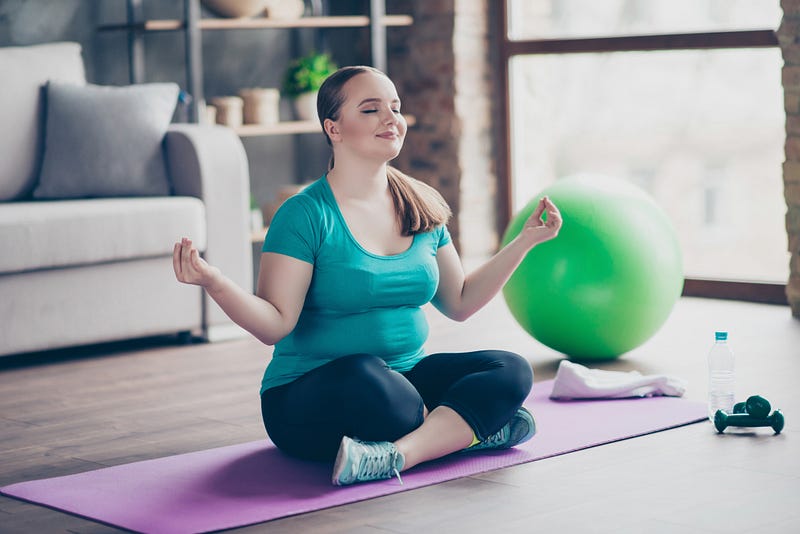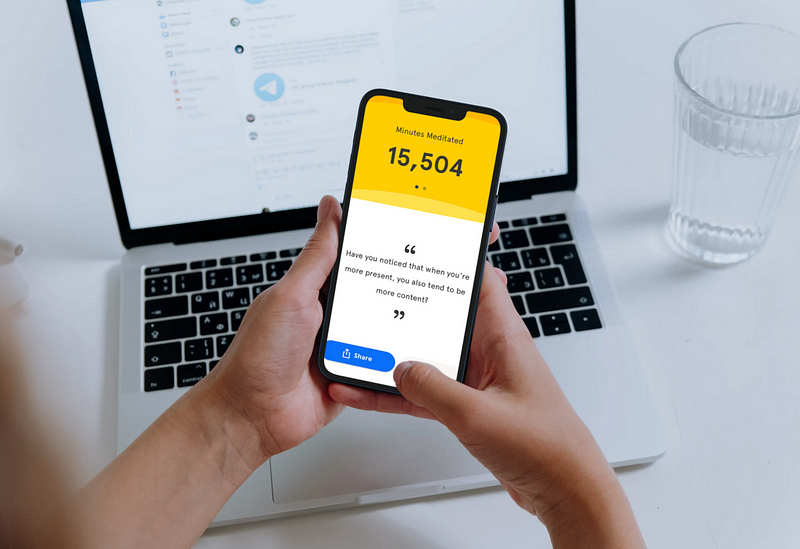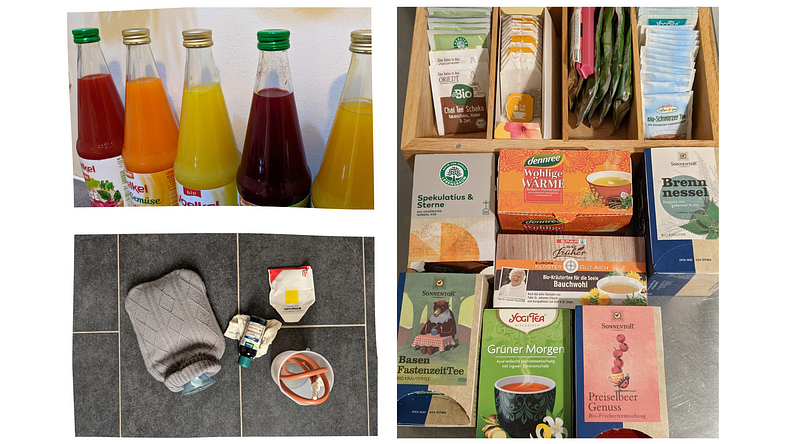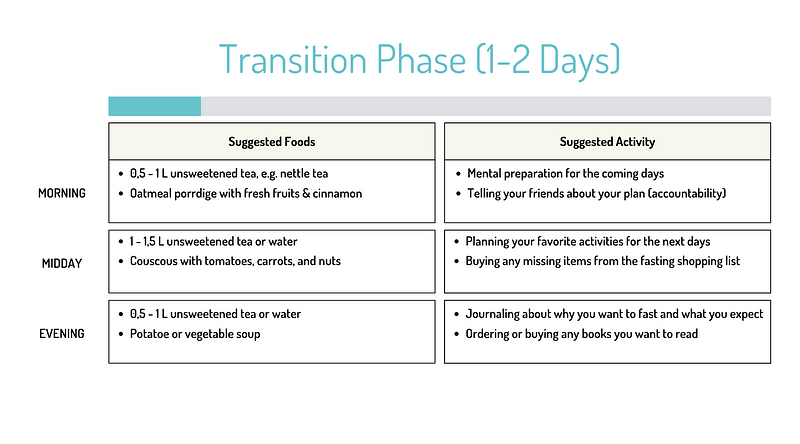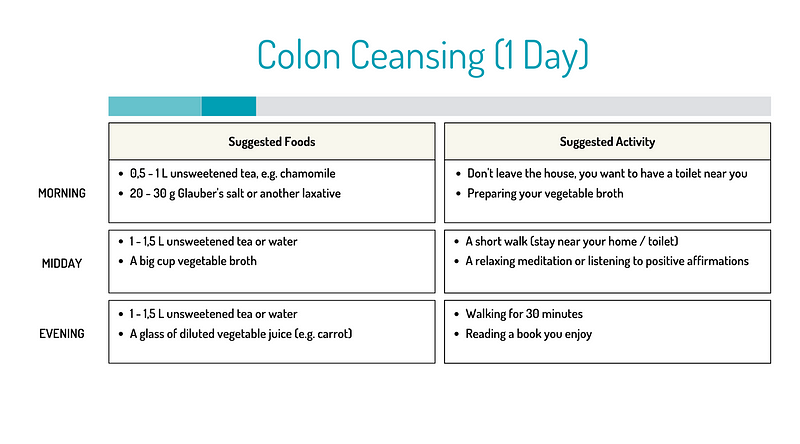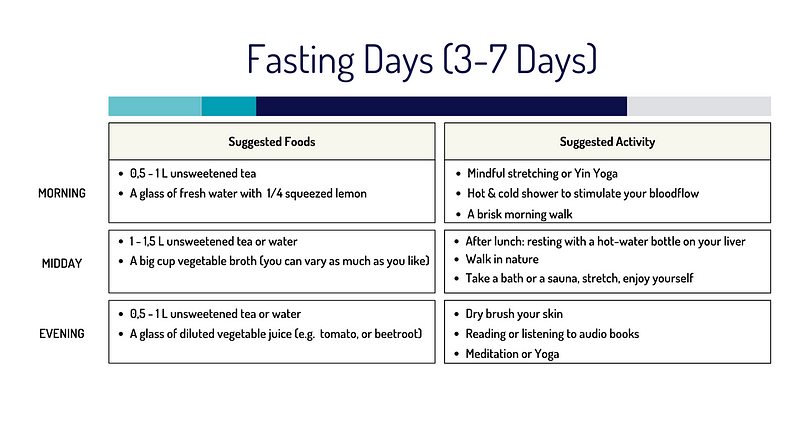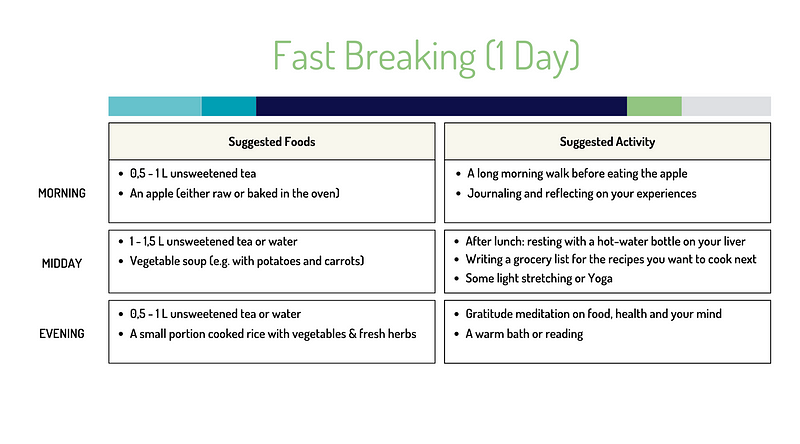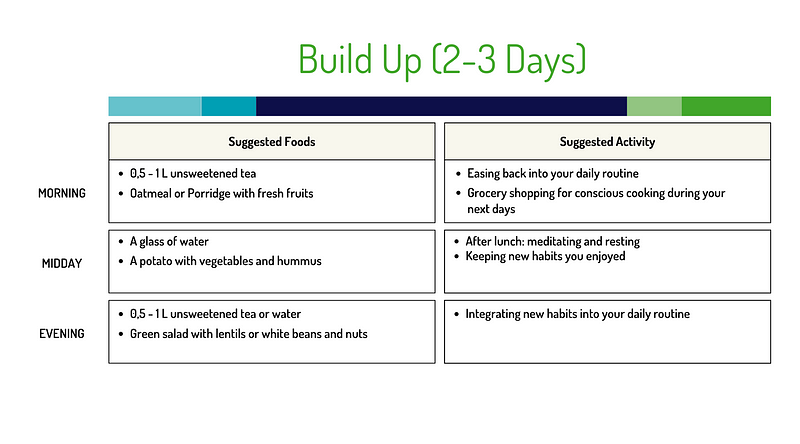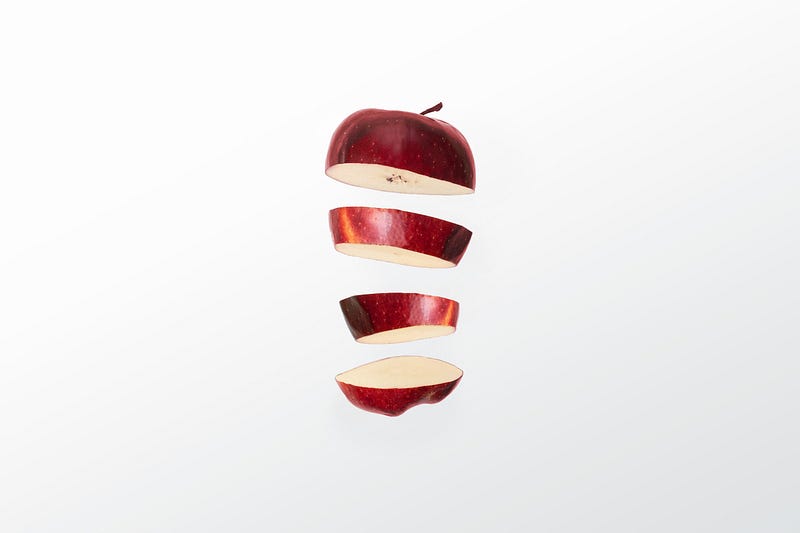Use these mental and physical shortcuts to increase learning efficiency.

People tend to believe the more hours you learn, the better you become. And while the time you practice is essential, it’s only one part of the equation.
By gaining a deeper understanding of how the brain processes information, you can make all sorts of improvements in how you learn.
While there is no single solution, reading more than 40 books on learning has taught me there are general tips that apply to most people.
If you want to optimize your brain function and energy levels, you can use the following mental and physical tricks. Here are five evidence-based hacks to help supercharge your brain’s learning potential.
1) Augment Your Memory With This Free Tool
Ever wondered why you forget certain details over time? There’s nothing wrong with your brain — it’s human to forget information after specific periods of time.
But you can interrupt this so-called forgetting curve with a specific practice.
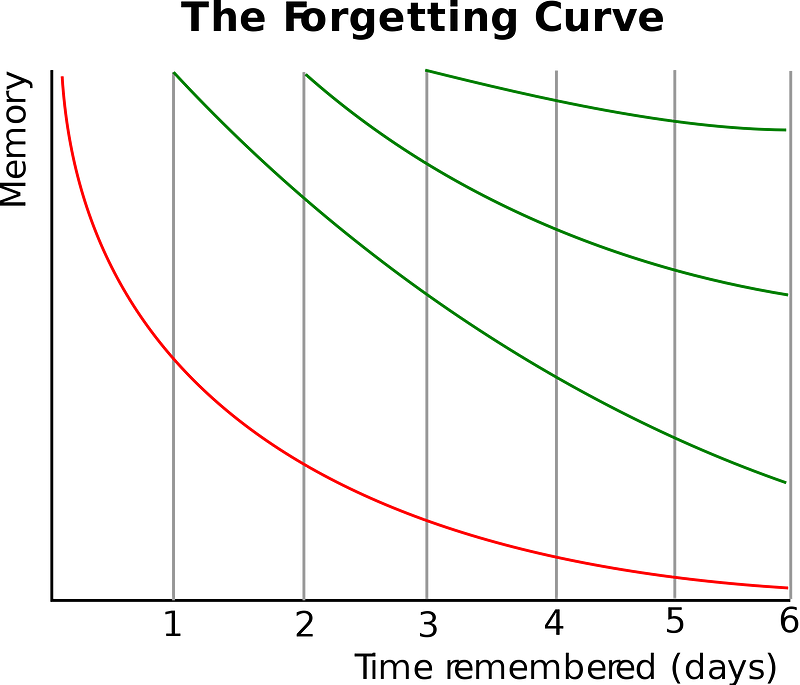
Spaced practice is the holy grail in terms of learning strategies to better remember and retain information.
All you have to do is repeat the same piece of information across increasing intervals.
“Spaced practice, which allows some forgetting to occur between sessions, strengthens both the learning and the cues and routes for fast retrieval,” learning researcher Roediger and psychologist McDaniel write.
Forgetting is essential for learning.
Spaced repetition helps you make the most from it.
To apply this hack, you don’t need to write flashcards. You can use existing, free, software that is optimized for interrupting your forgetting and strengthening your learning.
Anki is the best tool for applying spaced repetition (despite its outdated user- interface design).
Use Anki to effectively learn a language, study for exams, remember people’s names and faces, improve your geography skills, learn long poems, or remember everything you want for your entire life.
You can save time by using pre-built Anki decks, so you don’t have to create the cards by yourself.
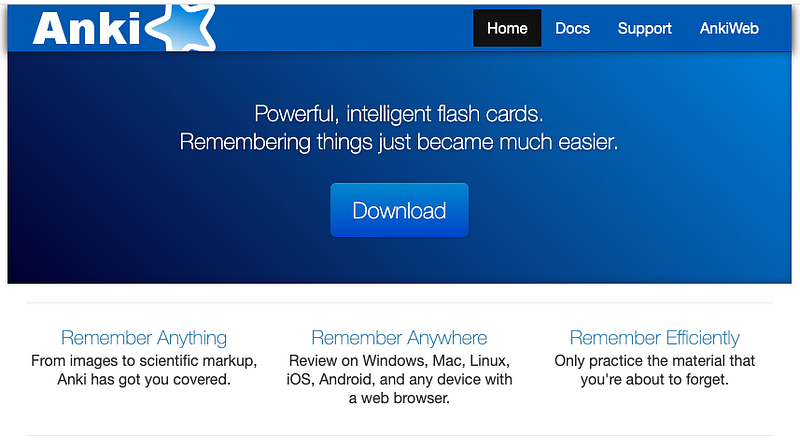
If you want to use spaced practise for language learning, you can also check out Lingvist or Memrise. Lingvist helped me learn 5000 Spanish words within three months.
2) Use These 4 Steps to Gain Momentum
“I’ll always be a procrastinator,” a friend told me while we were co-working.
I don’t believe in “natural” procrastinators. It’s either a failure of planning or a lack of motivation for the task (which often results from false planning).
Our brain is designed to solve problems. But to harness its power, the problem, time frame, and intention need to be clear.
What helped me the most in my learning journey is the following simple three-step process.
Make your learning goal achievable
If your goal is too big, you’ll never tackle it. Break your learning goals into micro-steps and focus on completing just the initial part of the task.
When I got accepted for an exchange semester in Santiago de Chile, the condition was to have a C1 Spanish level. At that time, I was at A1, and there were only six months left. What has helped me was breaking down the goal into achievable micro-steps.
If your goal is to learn Spanish, focus on learning 30 new words a day. If you want to write your thesis, focus on reading and summarizing five papers a day. Make the sub-steps so small you can’t help but start learning.
Set a time limit
If your task can take endless hours, you might never want to start working on it. Thoughts such as “It will take forever” or “I’ll never be able to do this” can prevent you from actually starting.
An easy yet powerful trick is to restrict yourself to the learning time.
James Clear writes: “Small measures of progress help to maintain momentum over the long-run, which means you’re more likely to finish large tasks.”
I always work in 50-minute chunks. Even if the overall project takes 5 hours, I won’t attempt to tackle it in one sitting. There’s nothing more encouraging than meeting your learning goal again and again.
Be clear about your intention
One of the most important things when you’re learning is having a clear intention.
Intentions help you not get distracted by the outcome and stay on track. They are commitments that you make by yourself, to yourself, for yourself.
Whenever you sit down, think about what you want to have learned in this specific period of time. This way, you make effective learning a game that you’re playing.
Reflect on your learning session
While this step might seem like it’s slowing you down, the opposite is true.
Progress starts with self-awareness. There is nothing more instructive than learning from your experience.
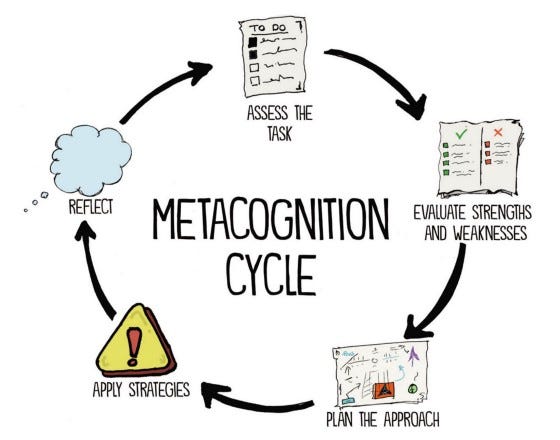
3) How You Can Reboot Your Brain During the Day
Do you ever feel like your brain is foggy? Even if you’re not learning all day, your brain is constantly processing information.
Learning legend Dr Barbaray Oakley explains how your brain creates metabolic toxins while being awake.
They’re flushed out only while you sleep.
Sleep is your superpower to keep your brain clean and healthy.
Sleep is crucial for your memory and learning process. Sleep improves your ability to learn, recall information, and solve problems.
During sleep, your brain cells shrink. This creates space between them so that fluid flows through them and takes the toxins away.
Moreover, according to researchers from Germany, the brain evaluates memories during sleep and retains those pieces of information that are most relevant for you.
That’s why for most people, the brain feels sharpest after waking up.
But what if you could wake up twice a day?
Taking a nap after a learning session is one of the best ways to create mental capacity and manifest what you learned. You can get a tiny portion of these benefits by taking a nap during the day.
“Formal education will make you a living; self-education will make you a fortune.” ― Jim Rohn
4) The Most Transformative Thing to Improve Your Brain Function
Neuroscientist Dr Wendy Suzuki used to sit, read, and study for hours. She published well-respected articles and was on her way to becoming a renowned memory researcher.
Still, she felt something was off.
Out of personal interest, Dr Suzuki joined all fitness classes she could find. The effects were transformative.
“After every sweat-inducing workout that I tried, I had this great mood boost and this great energy boost. And that’s what kept me going back to the gym,” she says in her TED talk. “I was able to focus and maintain my attention for longer than I had before. “
Because of the benefits she felt, Dr Suzuki did something unusual for researchers. She changed her research field — from memory pioneer to exercise explorer.
Dr Suzuki says exercise is the most transformative thing that you can do to your brain: “Moving your body has immediate, long-lasting and protective benefits for your brain. And that can last for the rest of your life.”
But how does exercise transform your brain? She shares the three main changes:
- Immediate attention increase
A single workout will immediately increase your levels of neurotransmitters such as dopamine, serotonin and noradrenaline. This, in turn, improves your ability to shift and focus attention for at least two hours following your workout. - Memory enhancement
Long-term exercise changes the hippocampus (critical for your capability to form and absorb new long-term memories). You produce new brain cells that improve your long-term memory. - Protective brain effects
Your brain is like a muscle. The more you’re exercising, the bigger and stronger your hippocampus and prefrontal cortex (critical for attention, decision-making, and focus) gets. The two areas will grow and slow down the effects of neurodegenerative diseases like Alzheimer and dementia.
Apart from Dr Suzuki’s research, there is more evidence on the effects of exercise on learning.
Researchers from Harvard have shown that exercise boosts verbal memory, thinking and learning. Plus, moving your body supports your ability to learn a new language by enhancing your ability to remember, recall and understand new vocabulary.
But don’t worry — you don’t need to become a marathon runner to unlock the benefits of exercise. As a rule of thumb, you want to exercise three to four times a week for at least 30 minutes.
Conclusion
There are so many excellent cognitive tips and tricks out there, but they’re only helpful if you apply them. Try the hacks you’re curious about, and stick with the ones that work for you.
- Use spaced-repetition software to enhance your memory
- Split your learning goals into micro-steps, set a time limit and intention, and reflect on your learning practice
- Get enough sleep every night and take a nap during the day
- Don’t sit at your desk for long hours — include regular exercise to boost your brain
May you enjoy your learning journey 🙂
“Learning is an ornament in prosperity, a refuge in adversity, and a provision in old age.” — Aristotle
Want to feel inspired and improve your learning?
Subscribe free to The Learn Letter. I read a book and 50 articles a week, and each Wednesday, you’ll receive the best in your inbox. This newsletter will make you find tools and resources that help you on your path to health, wealth, and wisdom.

